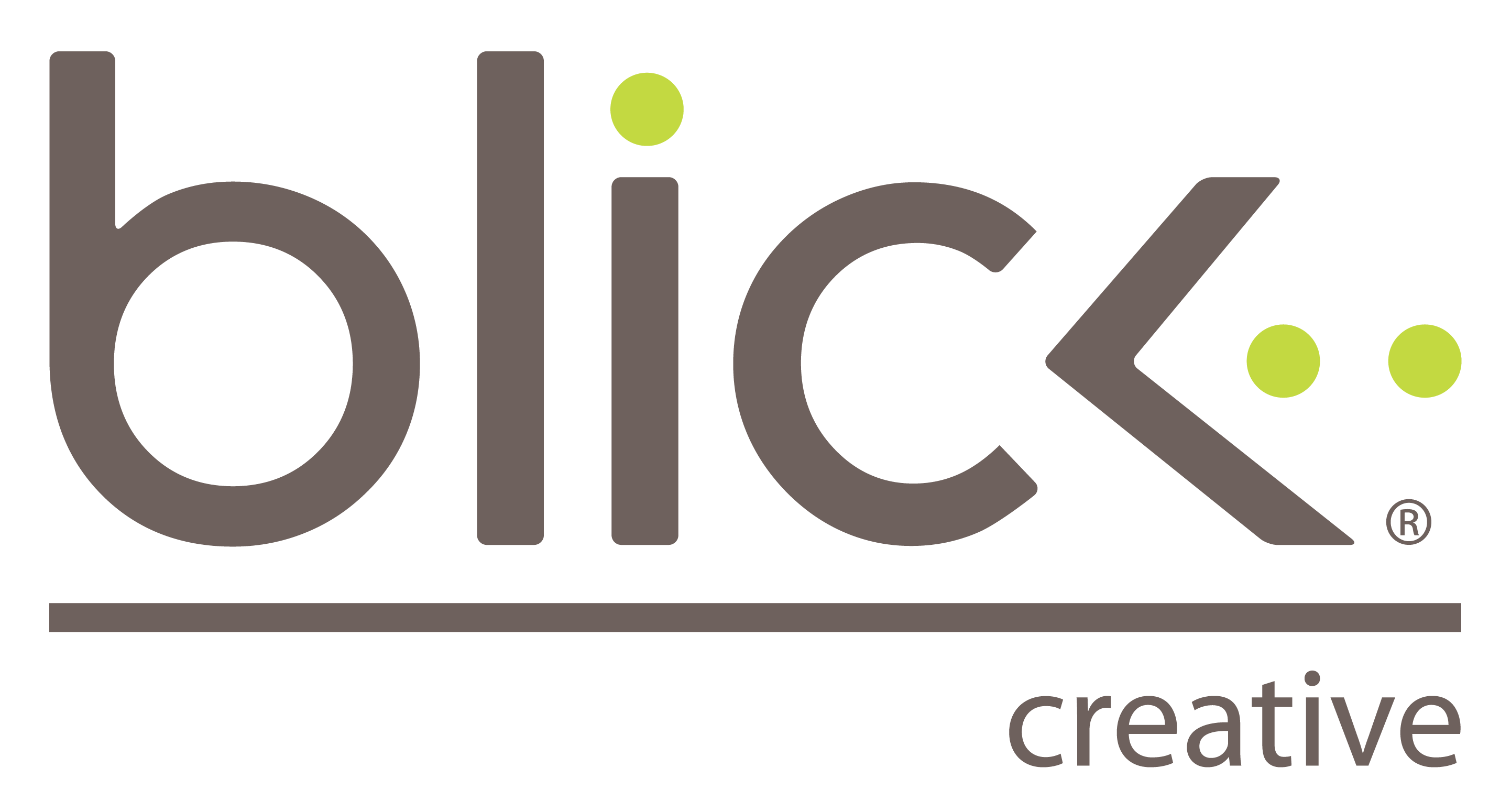The five essential elements every not-for-profit website needs
15 July 2020
As COVID puts the breaks on economic activity around the world, more and more people will be seeking greater assistance from charities and not-for-profits. But not all not-for-profits will succeed at their mission. It will be those who can offer donors and supporters a quality online experience that will attract the greatest support and donations for their cause.
According to research from GiveEasy, many not-for-profits and charities fail to provide an adequate online experience for donors and supporters[i]. The research showed only 29 percent of charities had a distinct mobile donation page, where many non-profit websites fail to meet current design and web accessibility standards.
Every not-for-profit website needs five essential elements, including:
-
A modern responsive design that is easy to navigate and is accessible
Your website maybe accessed by a variety of devices. Responsive design allows your website to adjust to any screen size, allowing comfortable viewing on any device. A rigid non-responsive design with poor navigation will turn away potential donors and volunteers.
A responsive design is also important in making you website accessible to the greatest number of people. Responsive web design also helps increase visibility on search engines, which in turn can mean more visitors to your website.
-
Social Media Integration
Every not-for-profit website should include the organisations social media accounts. Integrating social media within your website can be a great way to increase traffic to your social channels. Resulting in more followers and increased engagement. While promoting your cause and values across various different platforms.
Maintain a blog on your website with news stories, testimonials and articles that tell visitors what your organisation has been up to lately. Snippets of this content can be shared on social media encouraging engagement with your website and its content. A blog can make your site appear current, informative and dynamic.
-
Prominent CTAs that guide visitors to donate and volunteer
It’s really important to guide your visitors through your website by using CTAs (Call-To-Actions). The best CTAs are clear but specific and create urgency that drives the user to action.
-
AA Accessibility
Accessible websites assist in ensuring that people with disabilities can access and view your online information. Designing your website inline with AA Level Website Content Accessibility Guidelines (WCAG) ensures websites that are functional, inclusive and engaging for all audiences, including those who have difficulties accessing, comprehending and interacting with web content.
-
A distinct mobile donations page with multiple payment options
If your organisation is a charity and you do not have a distinct mobile donation page you may be turning away potential supporters and donations. Your donation page needs to be as simple and straight forward as possible. You need to provide multiple payment options.
Technology is driving consumers to make purchases using many different types of digital payment systems. Which in turn means consumers want to use the payment mechanism that is most convenient for them when transacting with an organisation.
Blick has considerable experience and expertise in helping non-for-profits create compelling digital and online experiences for donors and volunteers. If you need help with your website or digital strategy, to ensure your cause receives the support it needs during the COVID crisis, please contact us.
[i] https://probonoaustralia.com.au/news/2019/03/nfps-overlooking-online-donor-experience/

